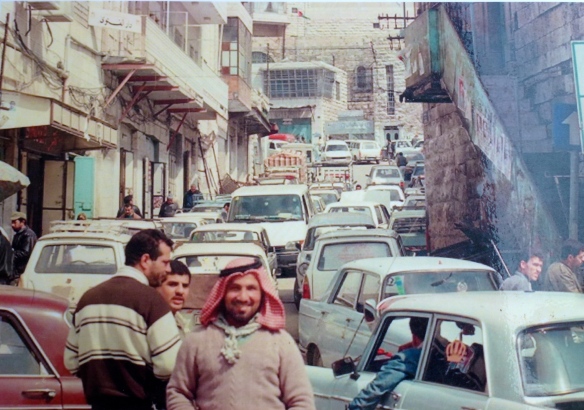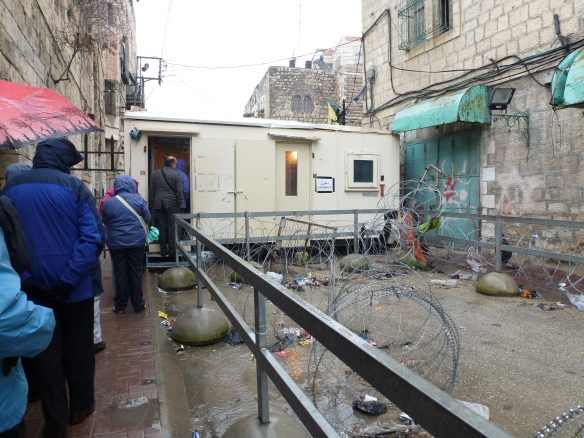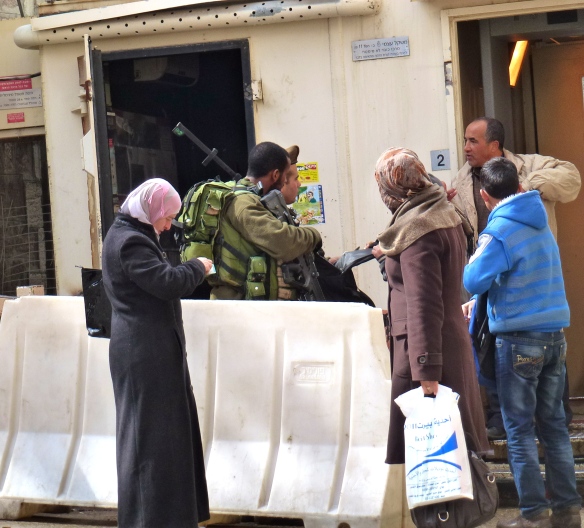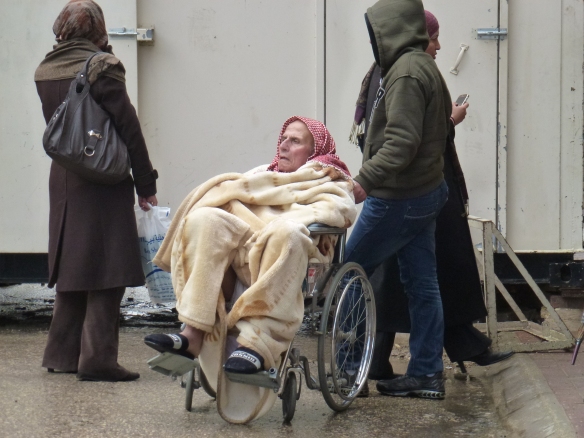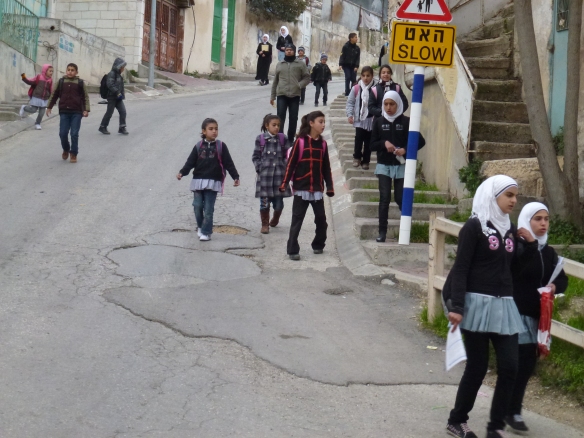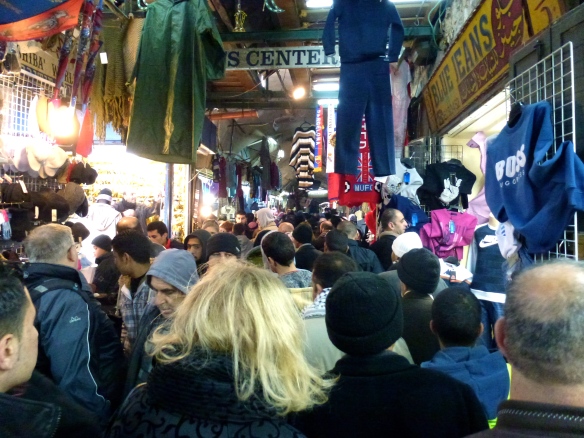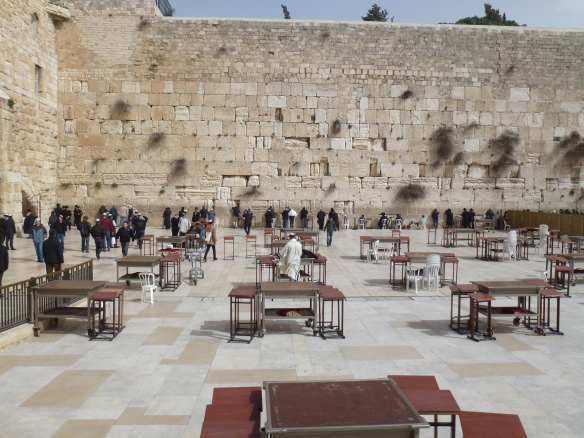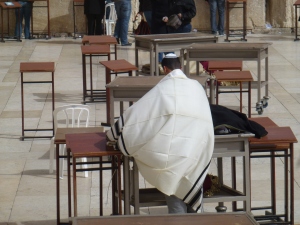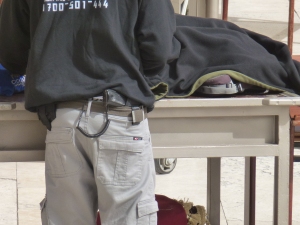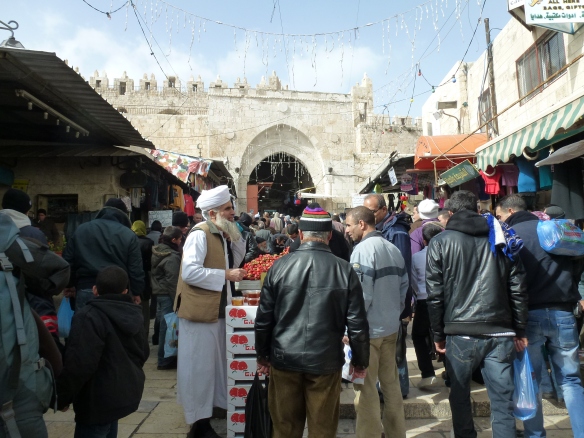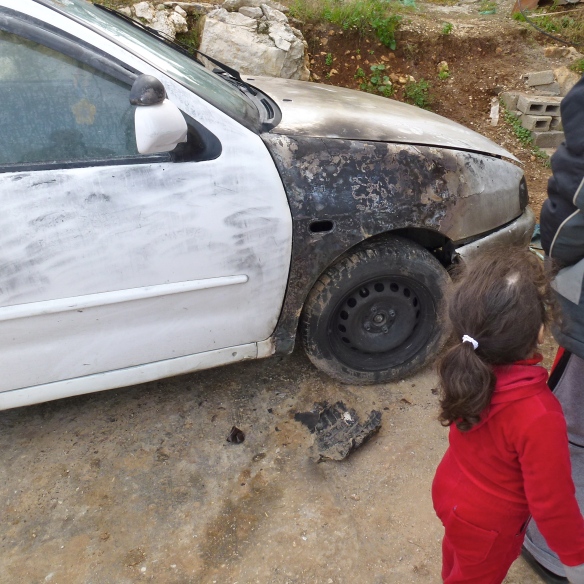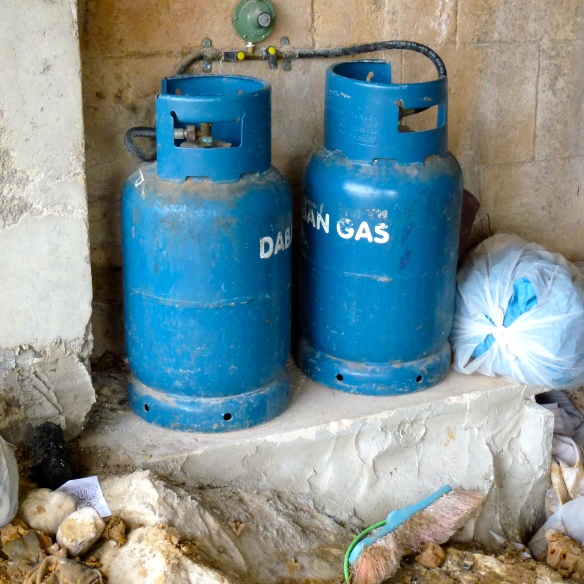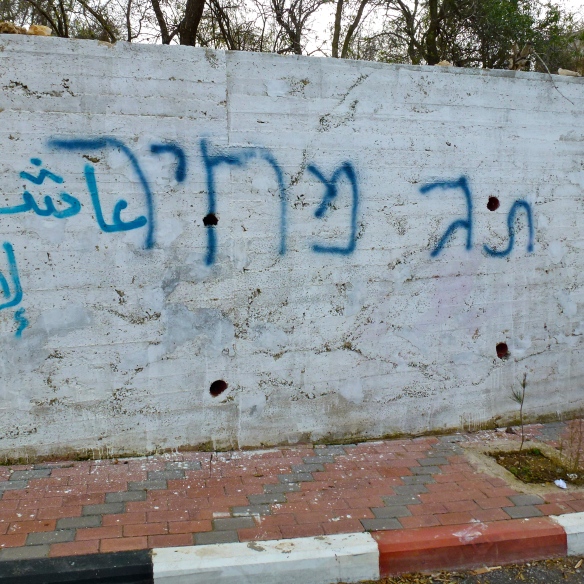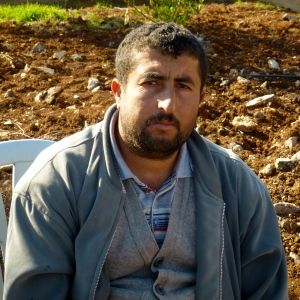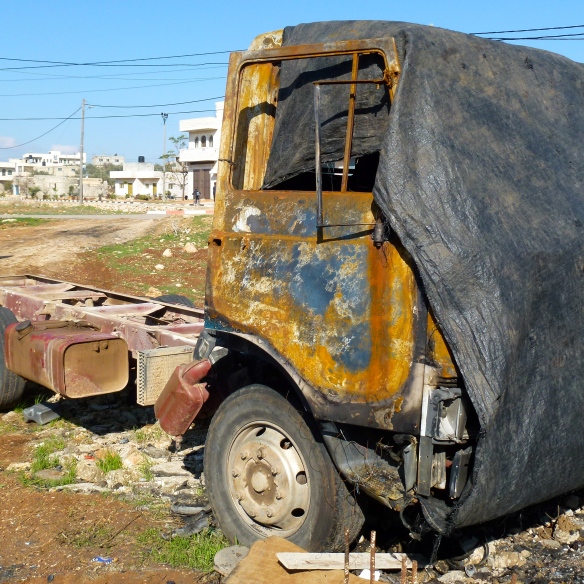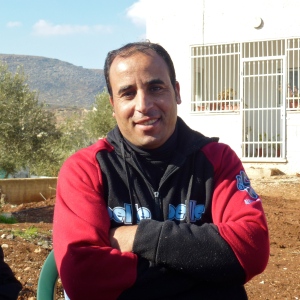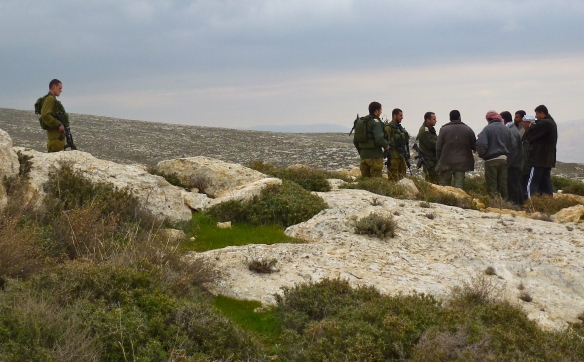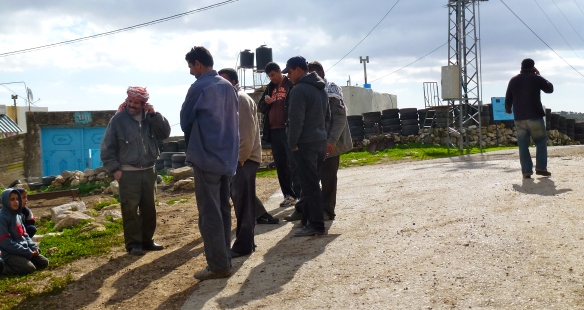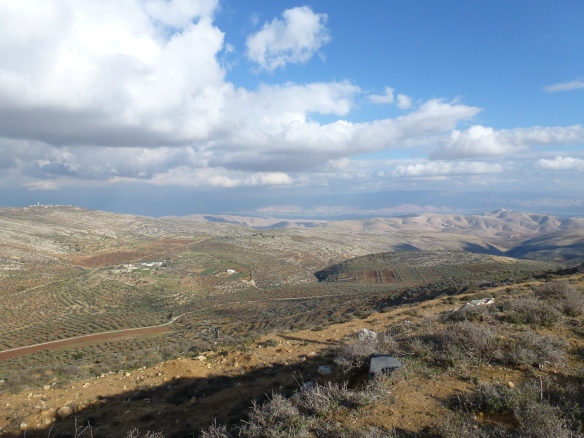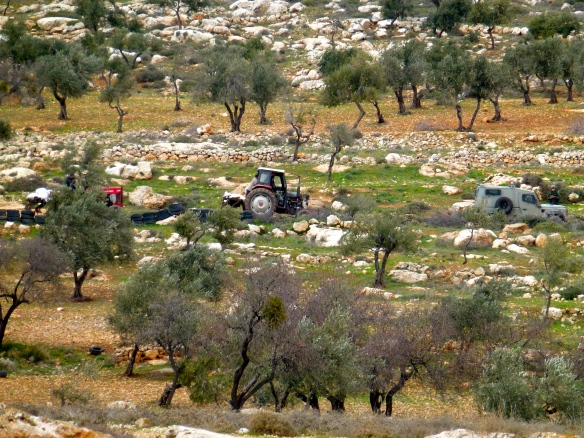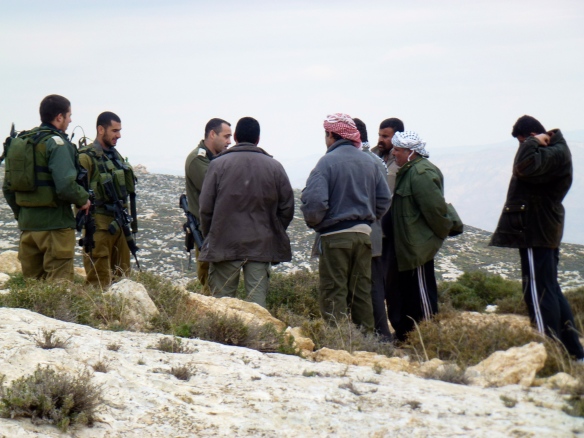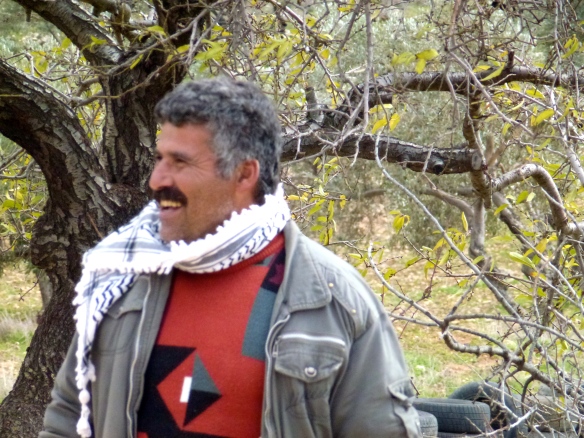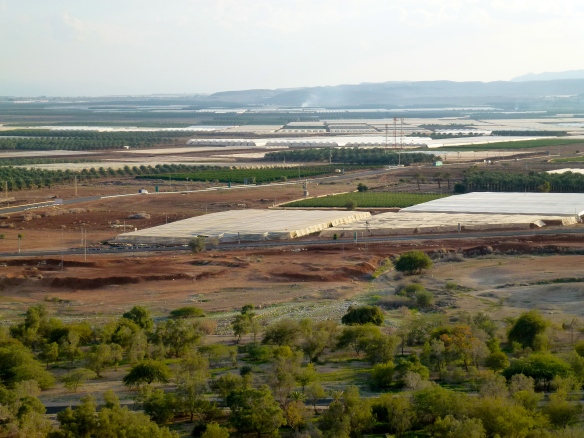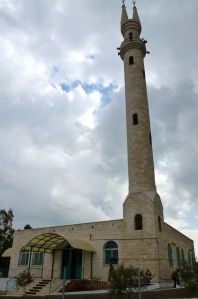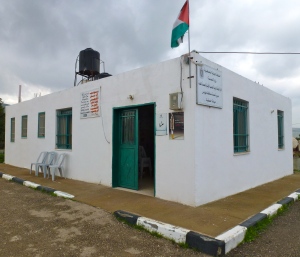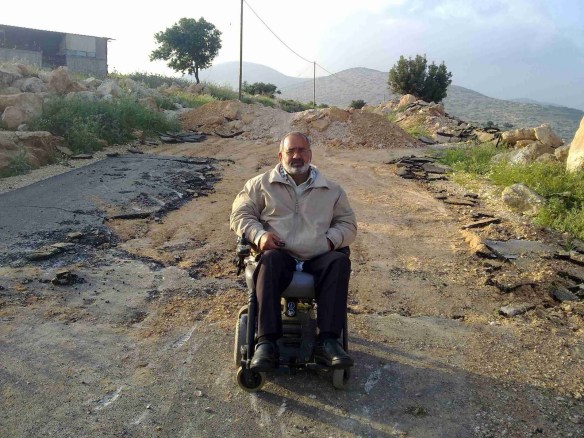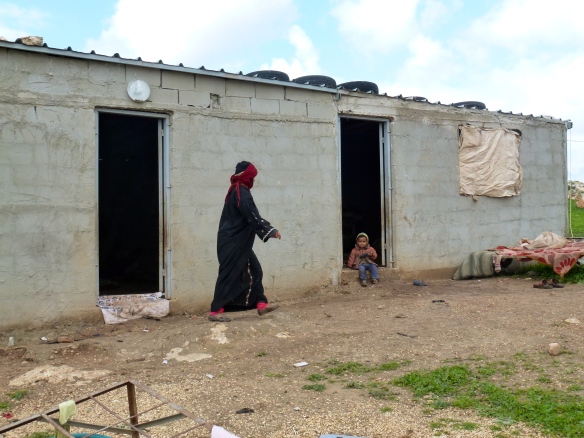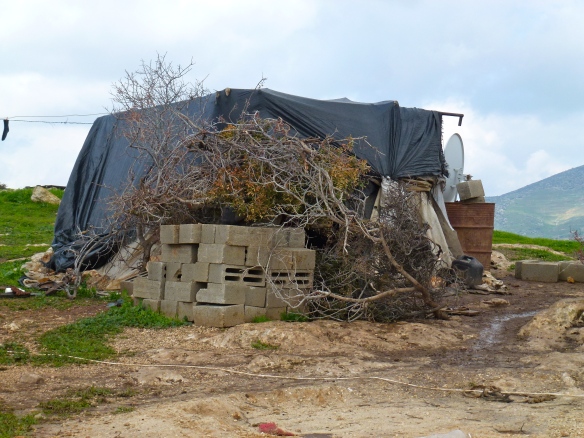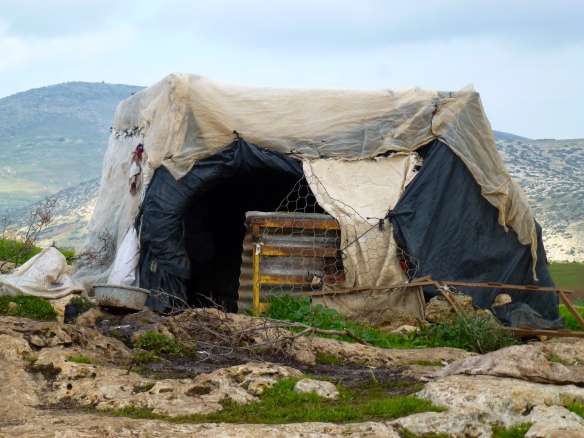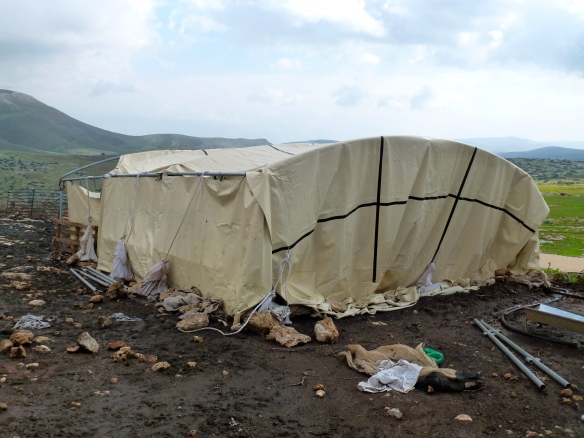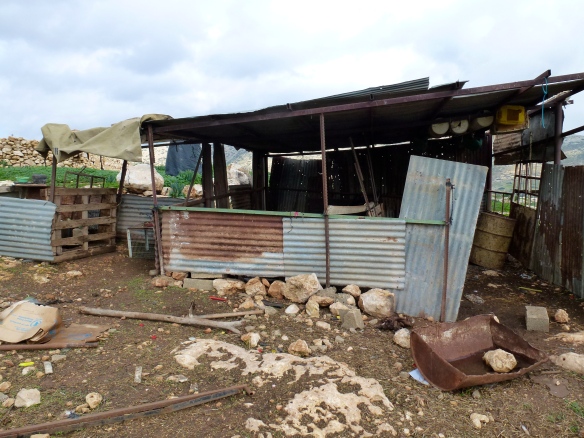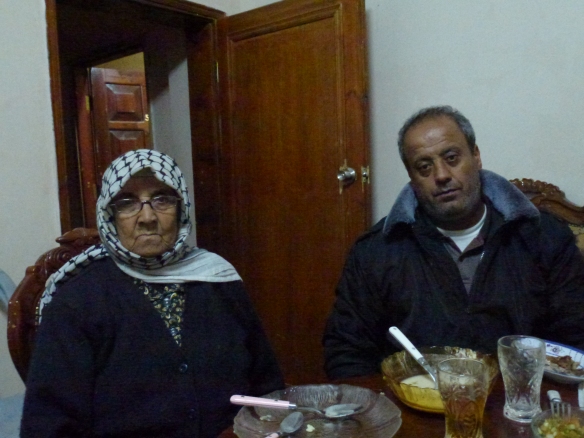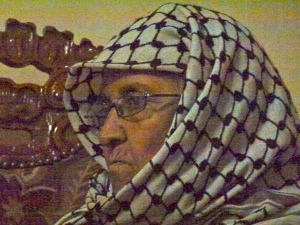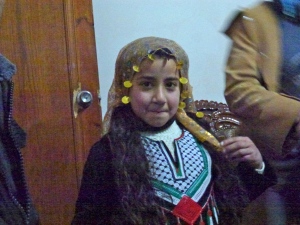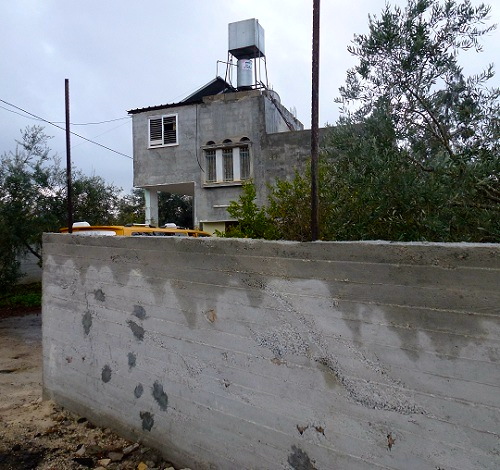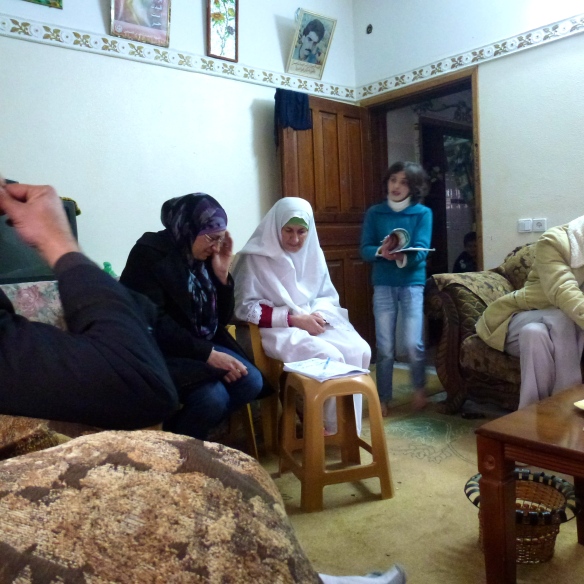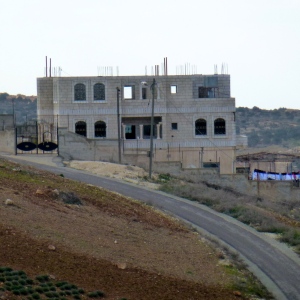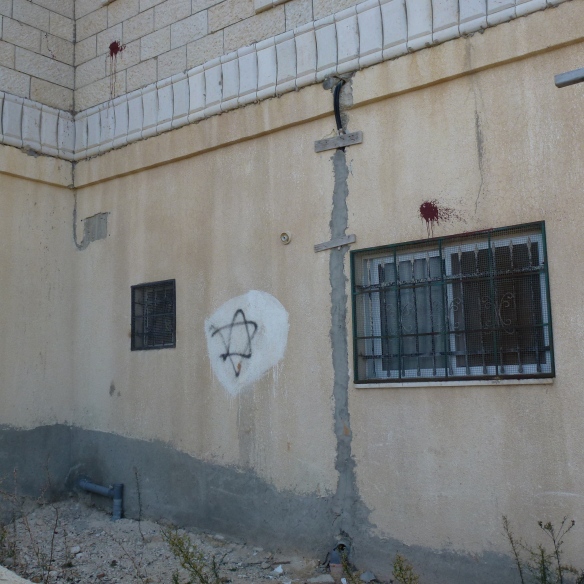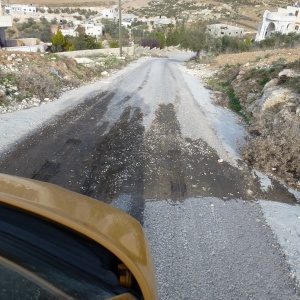This week I spent a few days working with the EAPPI team in Hebron.
Hebron is very different than Yanoun. Hebron has a population of 180,000 Palestinians and is the largest Palestinian city in the West Bank. Hebron and East Jerusalem are the only two communities in the West Bank where Israeli settlers live in the midst of Palestinian communities. The result of this uneasy coexistence means that Hebron has been divided into to areas HI and H2. H1 is under the authority of the Palestinian Authorities and is home to around 140,000 Palestinians. H2 is under the authority of the Israeli military and is home to 40,000 Palestinians and about 400 Israeli settlers living in 4 downtown settlements.
H2 in Hebron captures in one neighborhood much of the Palestinian / Israeli conflict. In H2 you understand why the Israeli Supreme court has described the military occupation of the West Bank as a “belligerent occupation”. H2, which was once a vibrant downtown has seen:
- heavy restrictions on the movements of Palestinians
- the closure of all the streets in this 40,000 person neighborhood to all Palestinian vehicles
- the closure of Shuhada Street, Hebron’s principal north south thoroughfare, to both Palestinian pedestrians and vehicles. Shuhada Street was the commercial hub of the city and it now looks like a ghost town.
- the closure of half the Palestinian business of the former downtown. (1,829 Palestinian shops according to UN OCHA)
- a large, often belligerent, Israeli military presence, which includes numerous roaming patrols of Israeli soldiers, checkpoints, sniper towers and barbed wire.
A delegation from the Church of Scotland going through checkpoint 56 onto Shuhada Street
The school bags of school children and purses and ID of teachers are check by the Israeli military at Check Point 56
and the elderly and the unwell are forced to wait in the rain as their ID is checked at Check Point 56
One of the responsibilities of the Hebron EAPPI team is to protect the school children in Hebron who have to use the one block of Shuhada Street that Palestinians are allowed to use simply to get to school. Tragically Palestinian children have from time to time been attacked by the settlers and their adolescent children. We would arrive a little before 7am and one of us would be stationed at each end of the block. Strangely, maybe even beautifully, over 10 or 15 minutes the deserted street would magically come alive with children.
At this intersection, beside Check Point 56 where I was stationed, the younger children turned toward the left to walk one block to their school and the older children turned toward the right and Check Point 56
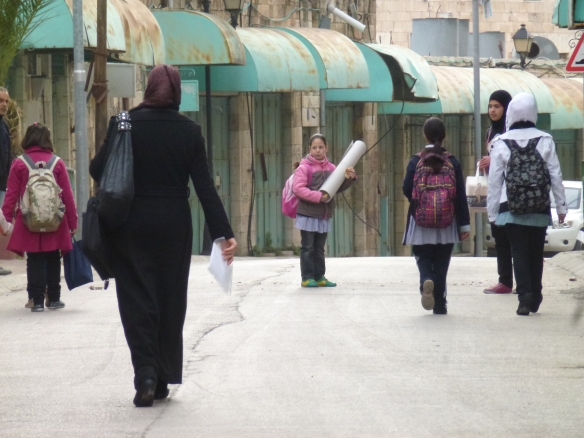 Simply because EAPPI shows up every morning and afternoon, to accompany these children and their teachers, they can get to school most days without threat and intimidation.
Simply because EAPPI shows up every morning and afternoon, to accompany these children and their teachers, they can get to school most days without threat and intimidation.
Simply being present and watching these children, walk and play their way to school put a smile on my face. I glad I was here.


